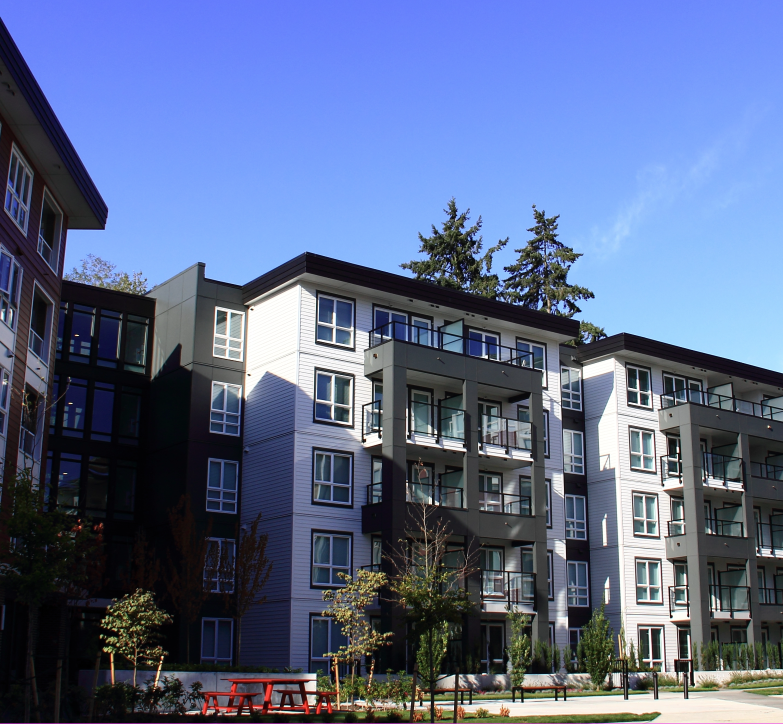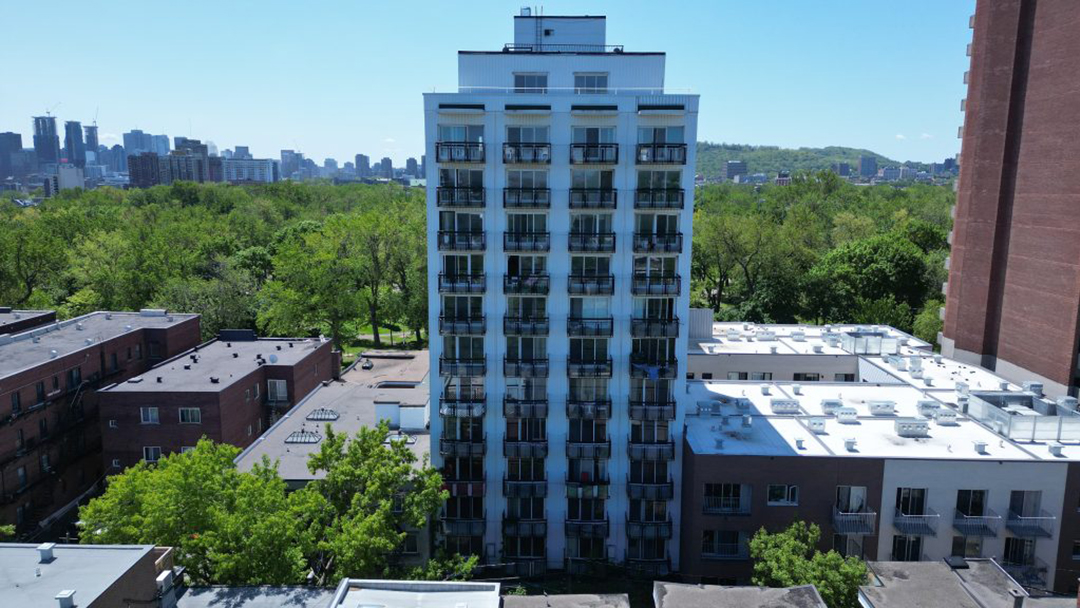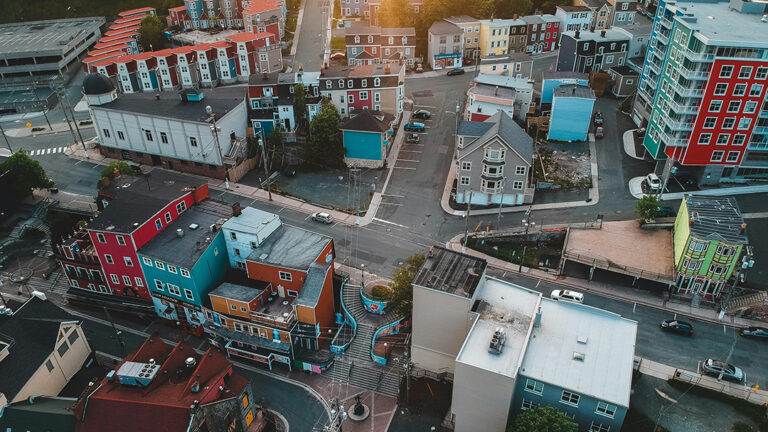The community housing sector stands at a crossroads. With pressing housing shortages and a growing population, the need for innovation has never been greater. But this isn’t a challenge to fear—it’s an opportunity to reimagine what’s possible.
Having worked in the sector for many years, I’ve seen how innovative thinking can transform entire communities. From leading supportive housing initiatives in Ottawa to seeing organizations like Interloge in Montreal and Woodgreen in Toronto push the boundaries of what’s possible, I’ve experienced firsthand the power of leveraging existing resources to create something extraordinary.
Breaking through barriers
One of the biggest challenges we face is scale. To grow our sector from 3.5% to 20% of the housing market, we need to address key barriers like financial constraints and operational silos. But this journey isn’t just about overcoming obstacles—it’s about adopting a new way of thinking.
Take the example of equity financing. During my time in Ottawa, I saw the untapped potential of housing portfolios that were mortgage-free but not leveraged for growth. By using equity strategically, organizations can unlock significant resources to fund new developments, all while maintaining control of their mission and values.
The power of collaboration
Collaboration is another key to success. Programs like the Centre’s Community Housing Academy will help providers build the skills they need to embrace new funding models and governance structures. Partnerships with investors through community bond campaigns, private developers and philanthropic organizations are also opening doors to new resources and expertise throughout the sector.
We’ve already seen what’s possible when diverse interested parties come together. In Catalyst Community Developments, we have an approach to community housing that highlights the power of adapting to change while staying true to a mission. Scaling such models across the country will require sustained effort, but the potential is enormous.

A vision for sustainability
Sustainability must be at the heart of our transformation. By integrating eco-responsible building practices—like energy-efficient designs and renewable energy systems—we can reduce costs while contributing to the fight against climate change. A focus on green retrofits in Wagmatcook First Nation a is a prime example of how housing can be both affordable and environmentally conscious.
Canada has the potential to lead the way in creating housing that is affordable, sustainable, and innovative. But to do so, we must embrace a growth-oriented mindset and commit to systemic change.
Looking ahead
The road to a 20% market share is ambitious, but it’s also achievable. With bold leadership, strategic collaboration, and a commitment to equity, we can transform Canada’s community housing sector into a catalyst for social and economic progress. Together, let’s seize this moment to create a future where housing is not just a necessity but a cornerstone of vibrant, sustainable communities.
* About the featured image: Interloge has acquired Manoir Lafontaine in 2023, a heritage building with 91 rental units, symbolizing resistance to renovictions, rent increases, and the housing crisis in Montreal. ©Interloge









